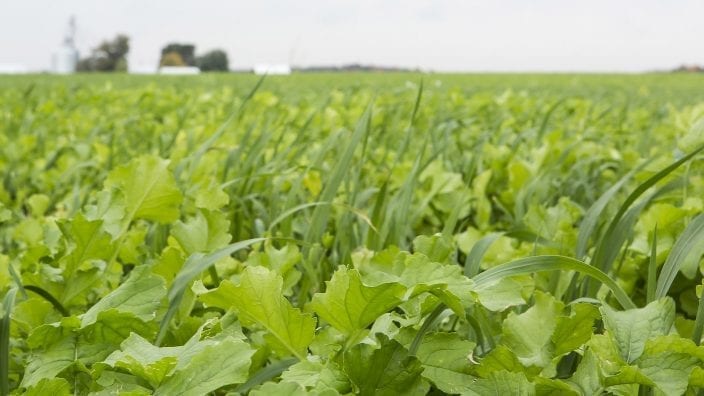Q&A: Conservation practices and CAUV savings
Learn more about eligibility and how to include conservation practices on CAUV enrollment forms.
Read MoreThe survey results establish a baseline of adoption for various farming practices in the Lower Maumee watershed. The information will allow for a more targeted approach to help increase some practices, while also displaying that some practices are already adopted at an adequate level.
The Ohio Agriculture Conservation Initiative (OACI) hosted a panel discussion on the findings of its 2021 Assessment Survey Report which detailed practices being used by farmers in the Lower Maumee watershed to manage water and nutrients. The assessment results show ample conservation efforts, as well as areas for improvement and continued farmer education and resourcing by OACI.
“Our assessment survey shows us that farmers in the Lower Maumee Watershed are taking conservation practices and their stewardship of the land seriously,” said Kris Swartz, farmer and chair, Ohio Agriculture Conservation Initiative. “We also recognize room for improvement, and OACI will continue to provide resources and educate farmers in our ongoing effort to increase adoption of productive conservation practices. We encourage Ohio’s farmers to get involved in the OACI’s Farmer Certification Program, H2Ohio and other conservation-focused programs to learn about new practices and share information.”
The survey results establish a baseline of adoption for various farming practices in the Lower Maumee watershed. The information will allow for a more targeted approach to help increase some practices, while also displaying that some practices are already adopted at an adequate level.
“The assessment survey allows us to understand which conservation practices are being adopted and some background on the decisions being made by farmers,” said Dr. John Fulton, professor and Extension specialist, College of Food, Agricultural, and Environmental Sciences at The Ohio State University.
“What stood out to me was long-term control of the farm fields. It was surprising and encouraging because sometimes it’s talked about as a hurdle for conservation with farmers,” said Jordan Hoewischer, director of water quality and research, Ohio Farm Bureau Federation. “Ninety-five percent of the farms in the survey were farmed by the same person for over three years. That goes to show you that if we get them the right information and get them in the right program, they have ties to their farm field and are likely to be more open to making conservation investments.”
The survey assessed cost share program enrollment, acres farmed and ownership status, tillage, nutrient applications and other nutrient management strategies, and water management practices.
This inaugural assessment survey is the first in what will be an ongoing program by OACI, conducting a survey assessment of two watersheds per year and re-surveying each previously surveyed watershed every three years.
Survey methodology
The assessment survey was conducted by OACI through a randomized sampling of 450 crop production fields within the HUC8 Lower Maumee watershed. A statistical approach was implemented to determine what practices are being used by farmers within this watershed to manage water and nutrients. In the field survey process, all the cropped fields within the watershed were considered in the randomized selection process regardless of farm and field size. This survey was completed prior to the implementation of H2Ohio practices. A trained Soil and Water Conservation District employee interviewed the landowner or farm manager for each field surveyed.
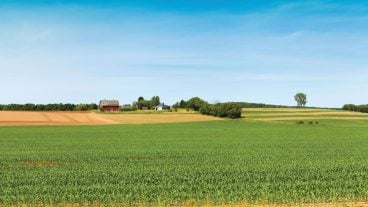
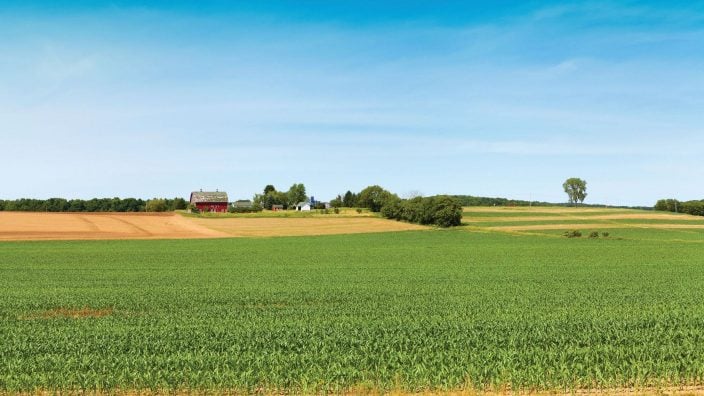
Learn more about eligibility and how to include conservation practices on CAUV enrollment forms.
Read More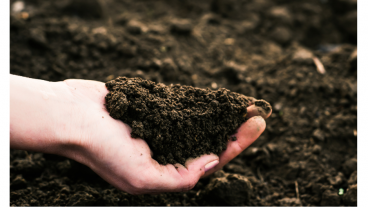
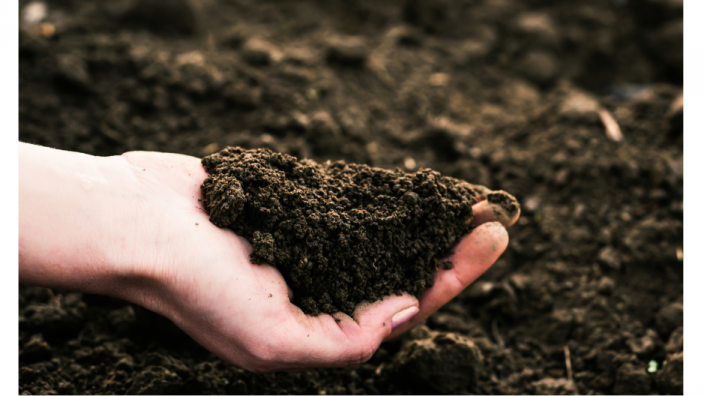
Members had the opportunity to collect two soil samples and deliver them to their county SWCD office between March 25-29.
Read More

ODA will enroll 500,000 acres into the program during a sign-up period ending Friday, May 31, 2024. Contact local SWCD offices to apply.
Read More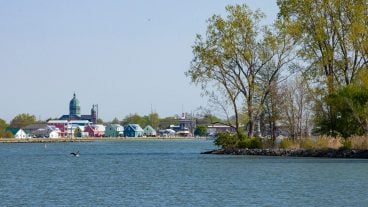

After decades of decline, how did the community pull together to push Grand Lake St. Marys in the right direction?
Read More
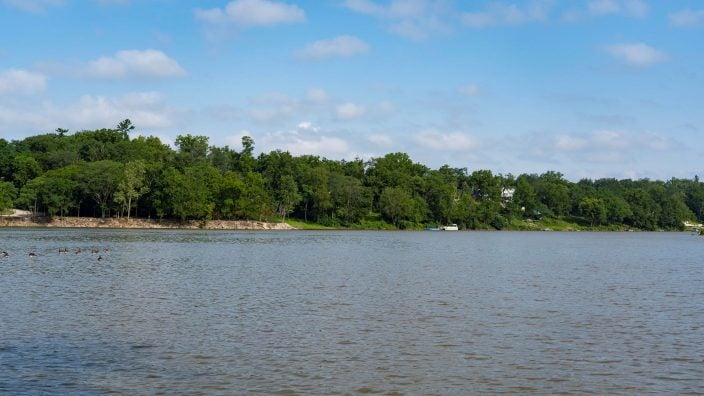
The plan establishes a total maximum daily load for phosphorus for the Maumee River Watershed.
Read More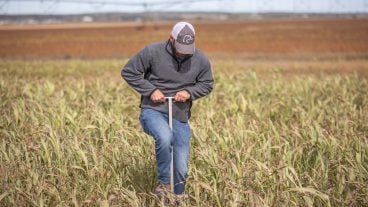
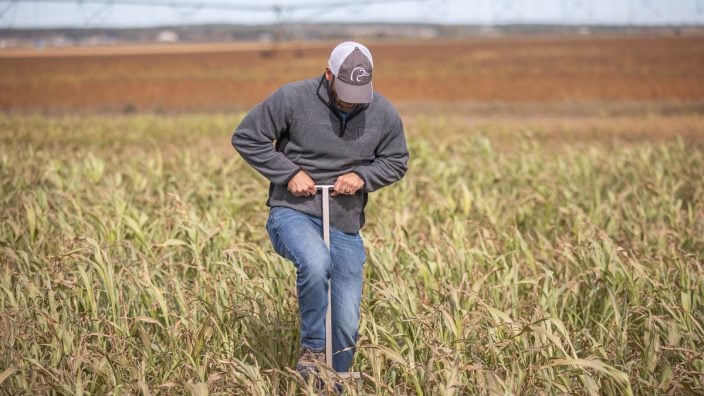
Ducks Unlimited will work with private landowners to enroll acres into cover crop one-year contracts. Landowners receive a $15- to $25-per acre incentive payment.
Read More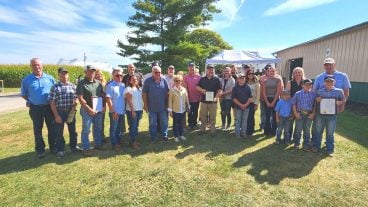
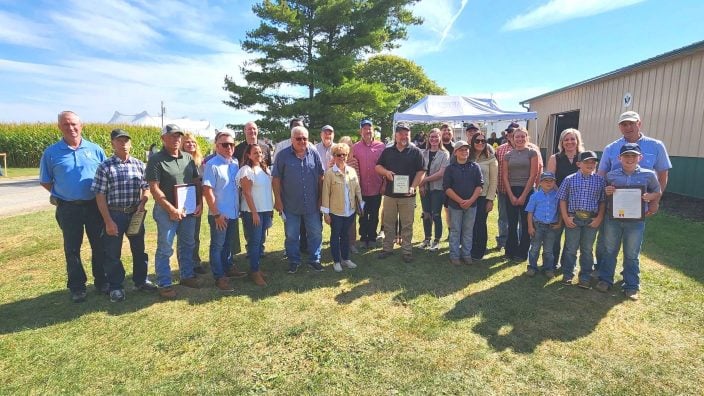
The five families honored were the Rethmel family, Todd and Melissa Miller, Julius (Jules) and Jodee Verhovec, Brent and Jenna Clark and the Wickerham family.
Read More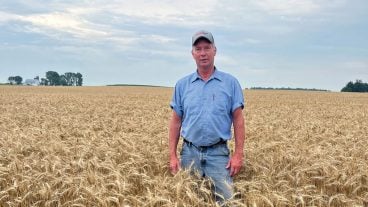
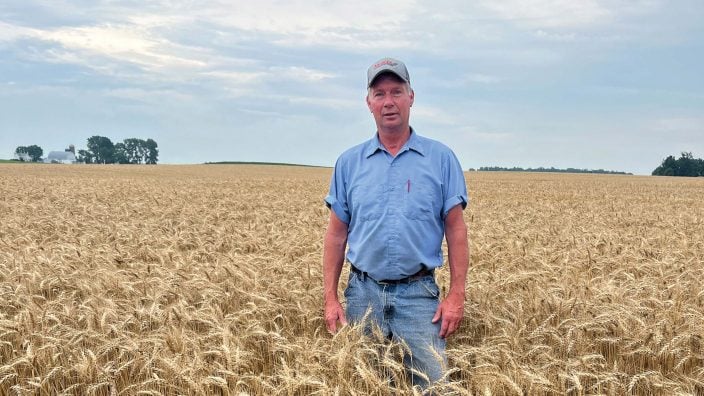
Gary Mescher and other farmers have not only learned, but implemented Nutrient Management Plan practices that now serve as models for how to manage agricultural runoff in the Western Lake Erie Basin.
Read More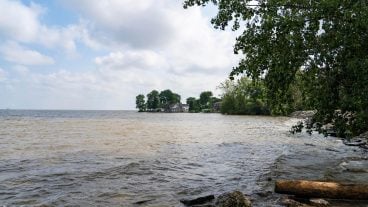

The 2023 algal bloom is expected to have a low severity index of 3, according to the final NOAA forecast.
Read More

The report highlights how the improvement of nutrient management in Grand Lake St. Marys is promising for what can be accomplished in other areas of Ohio.
Read More